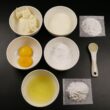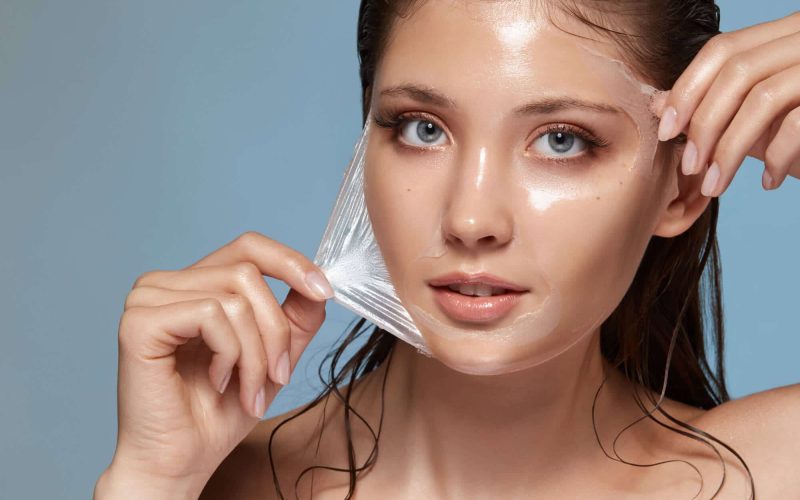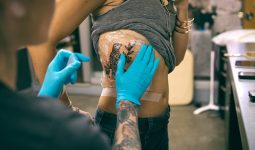Chemical peels are treatments used on the face and other skin parts. They make the skin look and feel better. These peels work by applying them to the part of the skin that needs exfoliation.
Thus causing the skin to peel and fall off. However, there are different types of chemical peels, and we’ll be discussing them in this article.
How Do Chemical Peels Work?
Chemical peels speed up cell turnover by using a chemical exfoliation process to remove dead skin cells. Thus giving the skin a healthy glow.
A chemical solution is sprayed on the skin surface to clear dead cells, and it only affects the top layers of the skin.
Skin peeling can happen naturally as a result and can also help improve the skin’s texture. Chemical peels contain acids like glycolic, salicylic, and trichloroacetic acids.
The intensity and composition of the chemical peel determine how far and how quickly it goes, how long it lasts, and how much damage it does.
Different Types of Chemical Peels
1. Lactic Chemical Peel
Lactic acid is one of the main ingredients in a moderate chemical peel. This peel helps balance out your skin tone. If your skin is sensitive, the lactic peel is a good option.
The manufacturers often mix the lactic acid with milk to achieve the desired peel. Moreover, it nourishes dry skin while being gentle on easily irritated skin.
A 50% concentration is a good choice for people with older skin because it helps to lessen wrinkles. Because it is so gentle, you can use this peel on the skin every few weeks.
It’s best to let this solution sit on your skin for 60 seconds before applying the neutralizer.
2. Glycolic Peel
The glycolic chemical peel is the strongest among the different types of chemical peels. It is the best for exfoliating because it enters your skin more profoundly than the others.
This is due to glycolic acid’s tiny molecular structure, which allows it to penetrate deep into the epidermal layer. It also restores a healthy glow to aging skin.
Glycolic acid peels remove dead skin cells and debris from the surface and middle layers of the skin. Peeling can last anywhere from 3 to 5 days, depending on the type of peel.
Further, it is critical to use a gentle cleanser and moisturizer to aid in the healing process.
3. Beta Peel
Beta Peels are among the different types of chemical peels, and they are great for people suffering from acne or congested skin. It has salicylic acid, which helps with oil management and exfoliation.
Unlike glycolic acid, salicylic acid does not make the skin more sensitive to the sun. It also has anti-inflammatory and antibacterial effects.
Salicylic acid kills the bacteria that cause acne breakouts. Thus providing you with the relief you need.
4. TCA Chemical Peel
Trichloroacetic acid is a chemical that exfoliates the skin from the surface to the deep layers. Like the other types of chemical peels, it also works effectively for spots on any skin part.
Peels containing TCA have various strengths and combinations. Moreover, TCA can mix with other acids, like salicylic acid, at a lower concentration in a solution.
However, you can’t use it when the TCA exceeds 20% unless the medical practitioner prescribes it.
5. Vitalize Chemical Peel
Vitalize chemical peel is another excellent type of chemical peel. It is a great way to start if you’ve never had one before.
The reason is that it doesn’t peel off much skin. Some ingredients in this peel include citric acid, salicylic acid, lactic acid, and retinol. They lighten your skin’s color and improve its general condition.
Furthermore, Vitalize chemical peels are suitable for different skin types.
6. Jessner’s Chemical Peel
Jessner’s peel comprises resorcinol, salicylic, and lactic acid, which is of average strength. It works well for acne, hyperpigmentation, and oily skin.
But it’s advisable to avoid it if you have dry skin because it can make it worse. Frosting occurs when you use Jessner’s peel, and the acidic solution exfoliates your skin.
Thus causing areas of your skin to turn white throughout the peel. Moreover, interruption could occur anytime, from a few days to a week.
7. Vitamin C Peel
Vitamin C is a popular antioxidant among the different types of chemical peels. It protects your skin from pollution and UV radiation that causes it to lose suppleness.
As a result, your skin’s ability to shed dead skin cells deteriorates, resulting in a dull appearance. This peel can also aid acne sufferers, as it deep cleans pores.
It also has an antibacterial component that prevents them from reappearing. Vitamin C contains an acid that acts as a bleaching agent to help restore skin tone and erase blemishes.
8. Pigment-Balancing Peel
This chemical peel is the last on our list of the different types of chemical peels. It mainly works for hyperpigmentation and discoloration.
Thus balancing out skin tone and reducing brown patches. It also reduces acne scars and fine wrinkles.
However, the peel requires you to use it several times before seeing any changes. Then, you may notice a more even skin tone and a smoother complexion, followed by a reduction in spots.








